From the 1960s to the 1980s, Dunedin was regarded by many as the most exciting city in New Zealand. It was a time of great music, food and entertainment. I was fortunate to be living there during part of this time and I have many fond memories of the lifestyle I was able to lead in such a fun environment.
ENTERTAINMENT
In the 1960s, Dunedin had a number of entertainment venues including seven cinemas, two of them offering big screen 70mm presentations which were only available in three other NZ cities. The State Theatre, even specialized in foreign films. I frequented this venue regularly but sadly I was one of only a dozen or so attending many of the screenings. When the State closed, it was converted into an unsuccessful mall. The Town Hall held frequent concerts and the popular Saturday night dances. The beautiful Regent Theatre with its elaborate interior, hosted the annual Capping Concert staged by students from Otago University. The concerts were always popular with the public, especially the naughty bits that always featured at some point during the shows. Dunedin even had its own professional theatre company. It was established in 1976 and survived for 44 years. Internationally recognized playwright Roger Hall lived in Dunedin at this time and he always premiered his popular plays at the Fortune Theatre. There was the yearly Agricultural Show which drew the crowds to the cavernous Agricultural Hall. His Majesty’s Theatre next door was home to touring shows from overseas but in the 60s it had been converted into Sammy’s Nightclub which also drew acts from abroad.
SHOPPING
The northern half of the CBD had a number of bustling department stores: Hays, McKenzies, Woolworths, Arthur Barnett, DSA, DIC, Butterfields, John Edmonds and Penroses with its beautiful windows. Penroses also had a unique network of overhead pipes that used pneumatic brass canisters to transport customer’s money from the counter to an upstairs accounts department. This Lamson Pneumatic Tube Delivery System has been saved and is now on display at the Settler’s Museum. The DIC was famous for its Pixie Town. This basement wonderland offered a variety of little mechanical pixies in a series of colourful scenes. The clicking and knocking of the moving characters was a mechanical marvel that drew crowds of Dunedinites every Christmas until the DIC closed in the 1990s.
An impressive annual procession with numerous eye-catching floats to entertain the public made its way along the full length of the CBD. In Rattray Street, the Sunset Strip was one of the few strip joints in the South Island at the time. The Diamond Grill next door was a large ‘fast food’ type place that was usually chocker most evenings with people who wanted to sober up with greasy food after a few too many drinks at the bars in the area. Rattray Street also had a mixture of small shops to add to the street’s popularity during this period. The Rialto Tearooms was a Dunedin icon offering ‘high-teas’ and delicious takeaways. Sadly, by the start of this century, Rattray Street had fallen onto hard times with most businesses closed. Even the Crown Hotel and department store, Calder Mackay, which brought life to the street, had closed.
During this period lower Princes Street was buzzing with life. There were two department stores, along with the popular underground Little Hut Coffee Bar. A block north, the Savoy Restaurant has one of the most luxurious interiors of any dining room in Australasia. It was a popular place for afternoon teas and was usually fully booked most days. I used to love eating there with its comforting and relaxed atmosphere. A short walk away in the Octagon, the Tip Top cafeteria was a Dunedin icon. It was always busy and served food in the cafeteria style made popular by American movies of the time. Also in the Octagon, the Star Fountain was a water spectacle unique to Dunedin. The large installation danced to music and coloured lights every night. It was mainly of interest to tourists who would gather to watch jets of water as they swayed and yo-yoed for the duration of the 15- minute shows.
The Exchange was the city hub for trolley busses arriving and departing for all corners of Dunedin. The trolleys provided clean, quiet service to the public. Replacing them with noisy, dirty diesel vehicles was an unpopular move. The large Chief Post Office in the Exchange was always buzzing with activity.
George Street 1980s (Flickr)
At this time, Dunedin was home to the head offices of a number of major firms and to a variety of manufacturing companies which also added to the city’s vibrancy. The famous railway station was buzzing with activity after the Southerner train service began in December 1970. This offered an express train between Christchurch and Invercargill with daily stops at Dunedin in both directions. Trains also ran frequently to Port Chalmers and Mosgiel and like all bustling urban centres, commuters could be seen hurrying down Stuart Street to catch their trains home. Sadly all these services have ceased operating. Dunedin wharves were also busy with coastal and overseas cargo ships arriving most days. It is no longer used but Port Chalmers is now a destination for container and cruise ships. Dunedin was part of the main trunk air service connecting it to Auckland thus the biggest and best aircraft were used for Dunedin passengers. Today, Queenstown airport is busier than Dunedin’s one.
BARS AND HOTELS
It’s no surprise that Dunedin, being home to New Zealand’s oldest university, was home to some innovative and exciting bars and restaurants. ‘Foxy’s’ at the Robbie Burns Hotel in George Street, was an upmarket club style restaurant that offered live music. The “Lager Bar’ at the City Hotel was another hot place to meet for drinks. It was close to the busy TV studios of DNTV2 and offices of South Pacific TV so it had many regular patrons from the media. Friday late afternoon, it was usually impossible to get into the unique venue with its huge ‘u’ shaped bar, another unique feature of a Dunedin bar at that time.
Stafford Street at the southern end of the CBD is home to the Provincial Hotel. Built in 1859, it had a popular Cellar Bar which also buzzed most nights of the week with live music. The unique brick arches were adorned with names of local businesses. I had a film company at the time called Ciscon Films. The name is still on one of the arches today.
A short stroll away, another unique restaurant (I have forgotten the name) was housed in a large ex-warehouse. Here, you felt as though you were in Paris with a cobblestone floor and tables set with colourful parasols in the style of an outdoor Paris café. It was just another fun place to eat in the city at this time. Around the corner, the Prince of Wales Hotel featured Carnarvon Station. Here, a full-sized Victorian train carriage was positioned on the first floor where you could dine every night of the week. There was also a real locomotive nearby to add to the uniqueness of the place.
THE ‘DUNEDIN SOUND’
In the 1970s and 80s, Dunedin bands became popular with students at all New Zealand universities. The Dunedin groups Verlaines, Snapper, The Chills, Toy Love and The Clean all provided music with a distinctive style which was dubbed ‘The Dunedin Sound’. These bands were heavily featured on Radio One, Dunedin’s student radio station and when they began touring, their popularity increased, and records were released, especially on the Flying Nun label which promoted many of the Dunedin bands at this time. Lovers of punk/rock music flocked to Dunedin to hear these bands perform live. American rock groups Pavement, R.E.M and Mudhoney, claimed to have been heavily influenced by the distinctive style of Dunedin bands and this helped spread the popularity of the city’s bands way beyond the borders of Otago.
Today, Dunedin with a population of 128,800 is no longer the ‘fourth main centre’. It has been overtaken by Tauranga (131,500) and Hamilton (165,400). Palmerston North with over 90,000 is fast catching up! Many of the city’s industries that provided employment for Dunedin folk have shifted away and the city now has a slower pace of life than was the case in the 60s, 70s and 80s. However, many Edwardian and Victorian buildings remain and this will no doubt become a tourist attraction as time goes by. Dunedin’s unique atmosphere appeals to tourists and the relaxed lifestyle also has its benefits and is now attracting Aucklanders who want to live away from the traffic congestion and pressures of living in a city that is becoming overcrowded. In fact, every four years Auckland grows by more than 120,000 – the population of Dunedin!!
Ceidrik Heward
Ceidrik Heward is an Amazon TOP SELLING AUTHOR and has lived and worked in 7 countries working as a TV cameraman, director and film tutor. For the past 17 years he has focused on writing and has been published in magazines and newspapers in Europe, USA, Asia and the Middle East.
His interests include photography, psychology and metaphysics. He loves to read and always has at least 3 books on the go. He has written 22 manuals/books and has just completed his 4th short novel. Ceidrik believes sharing information and stories is the best way to stimulate the imagination and enrich our lives.

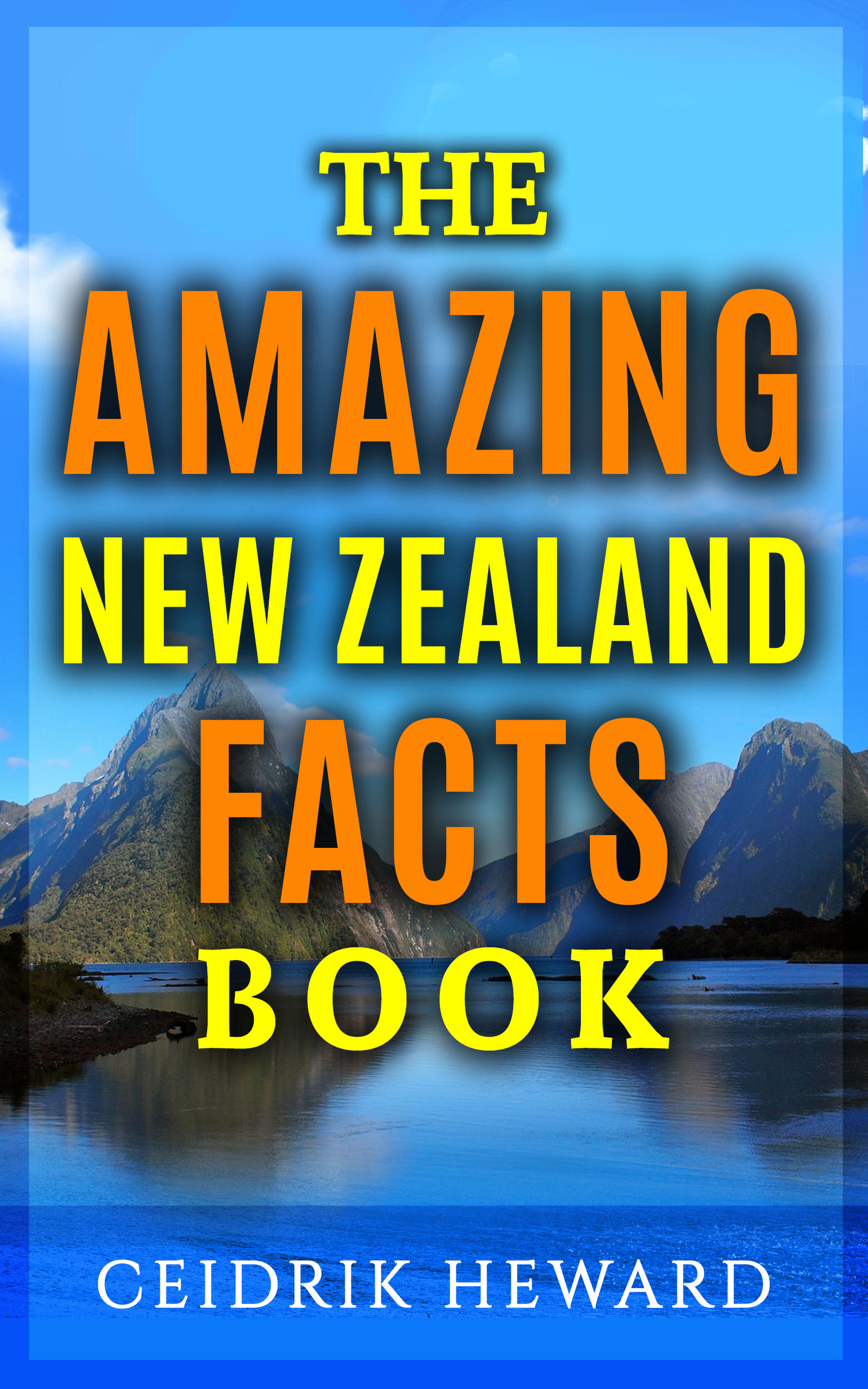
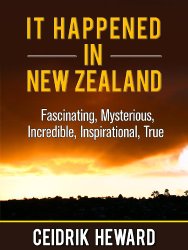

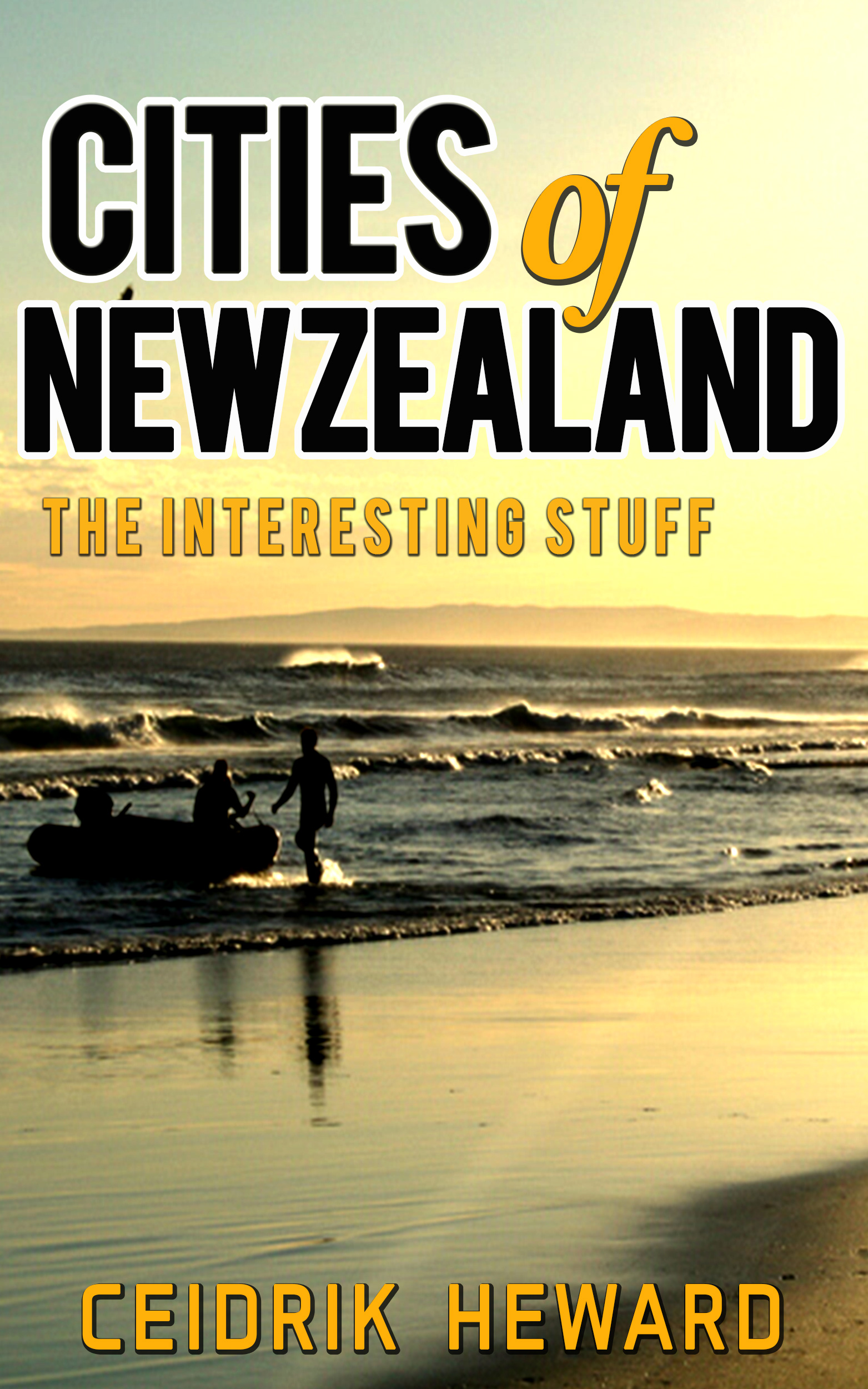
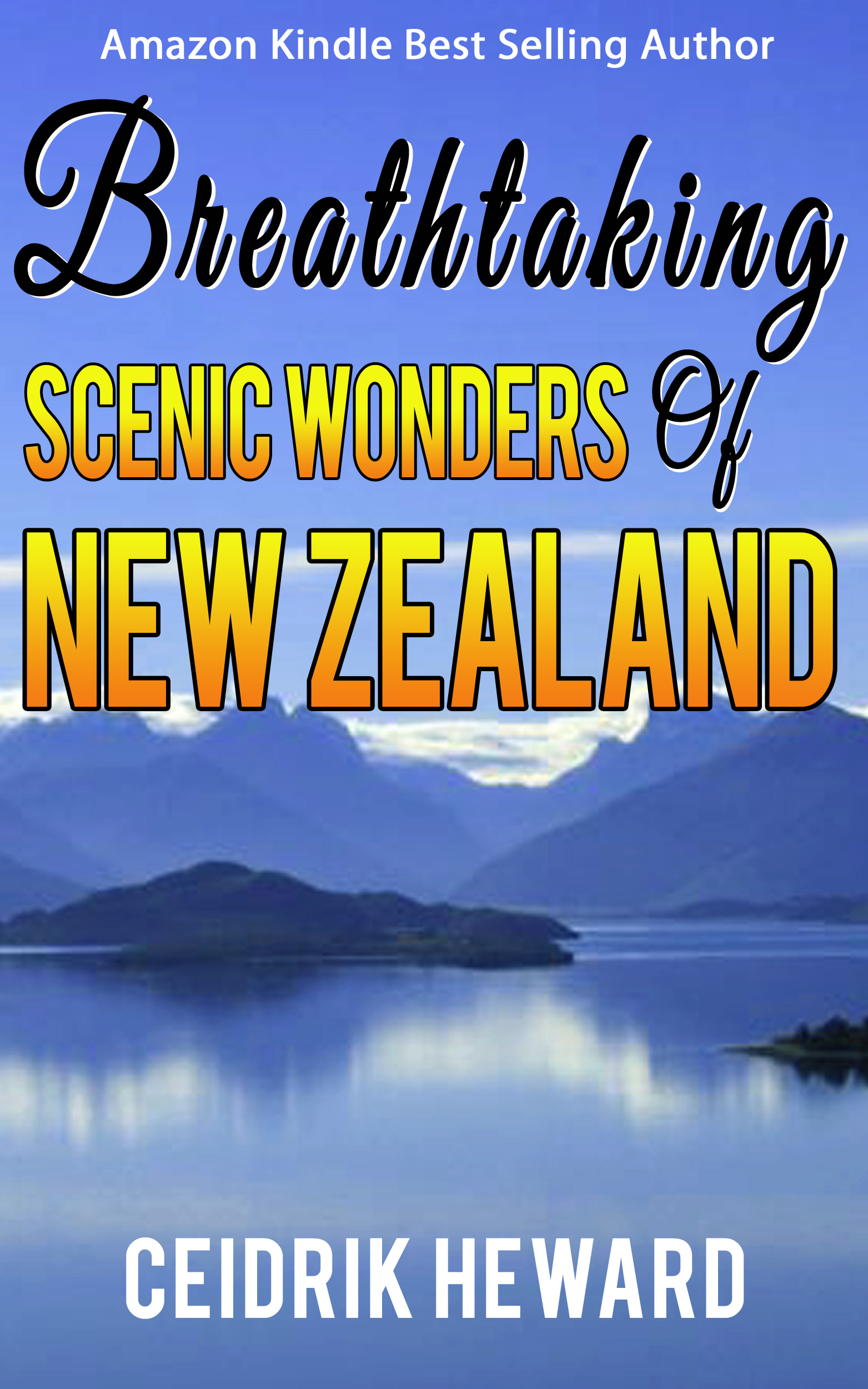
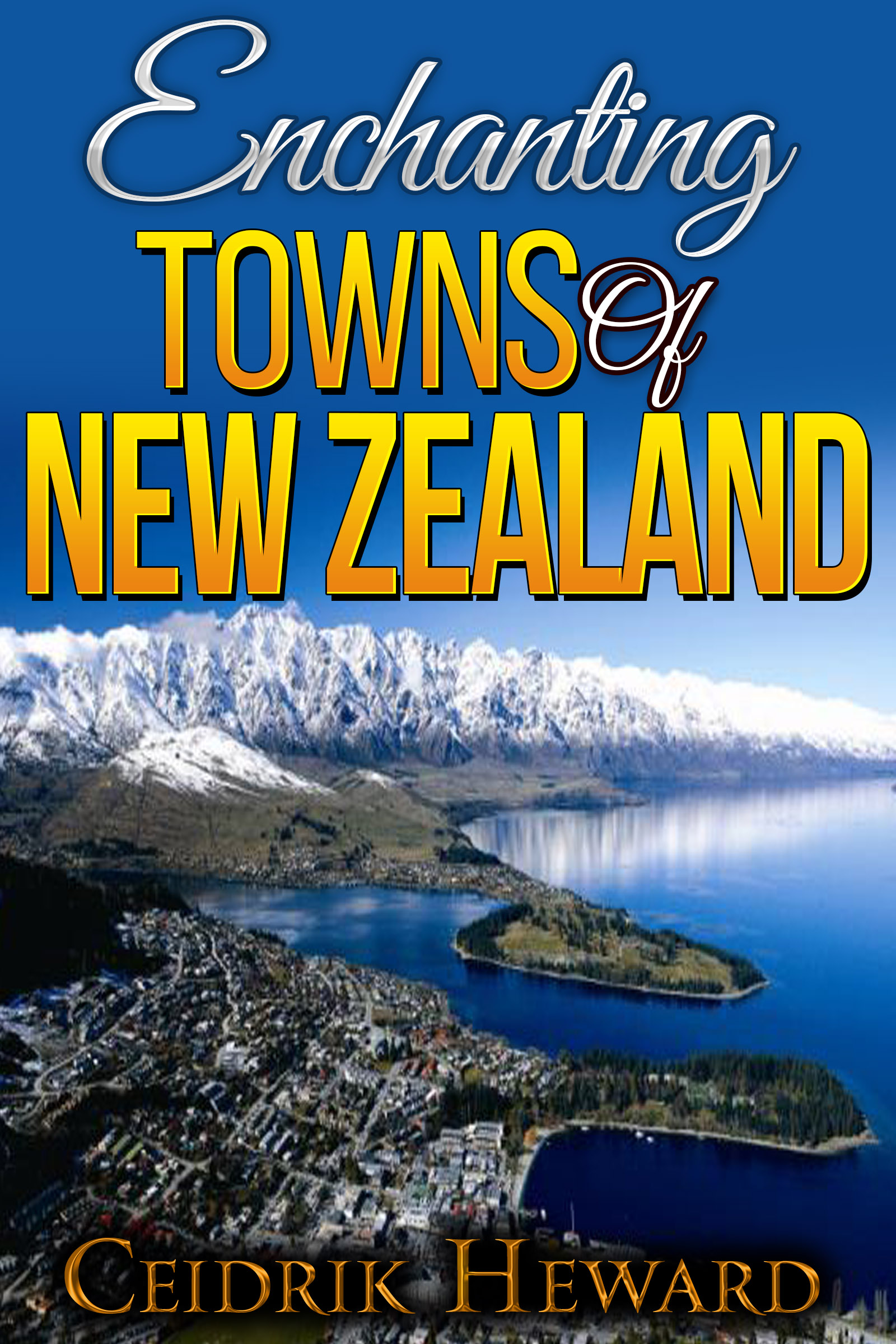
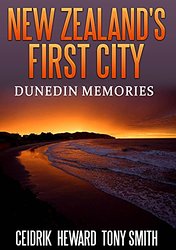
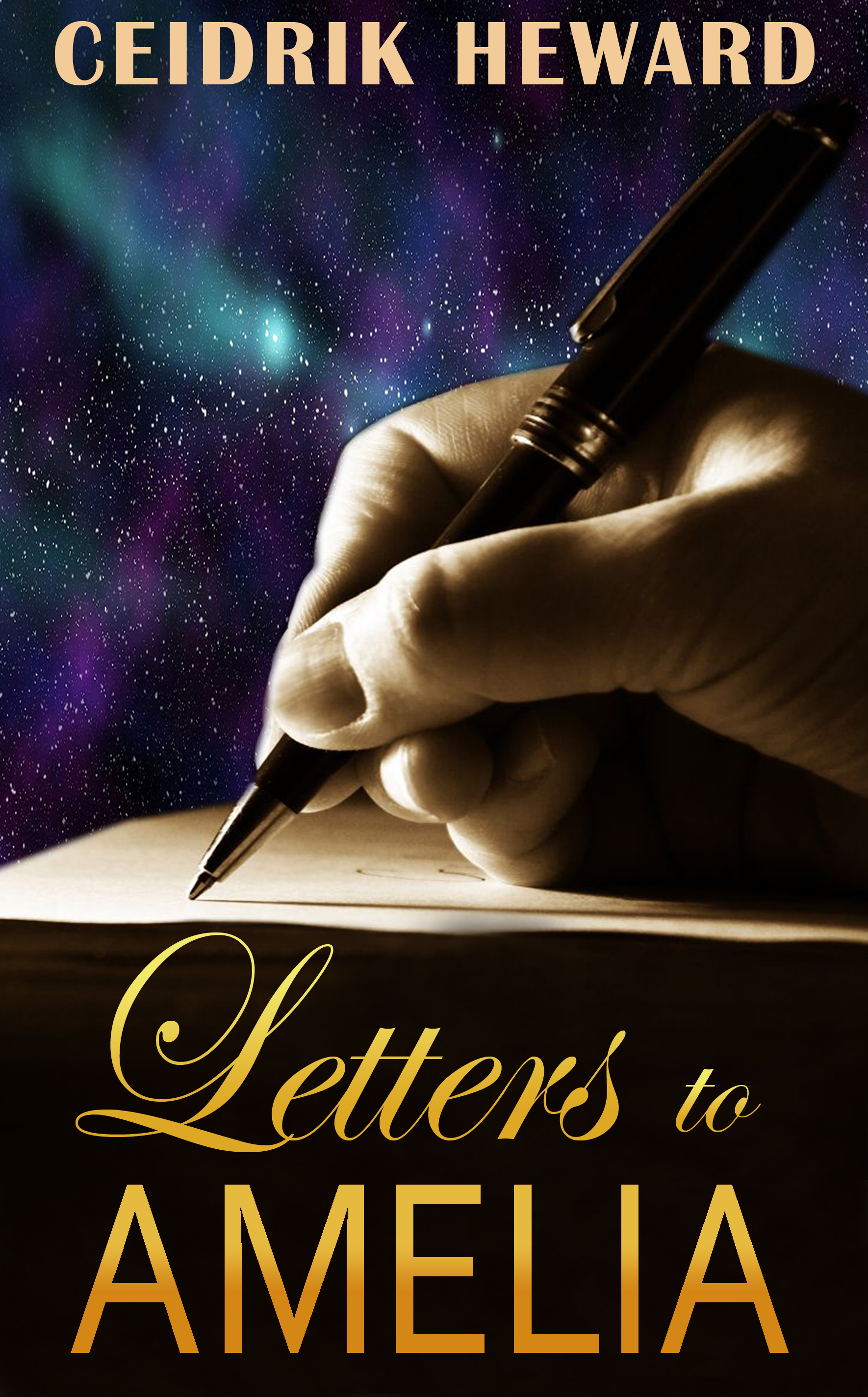
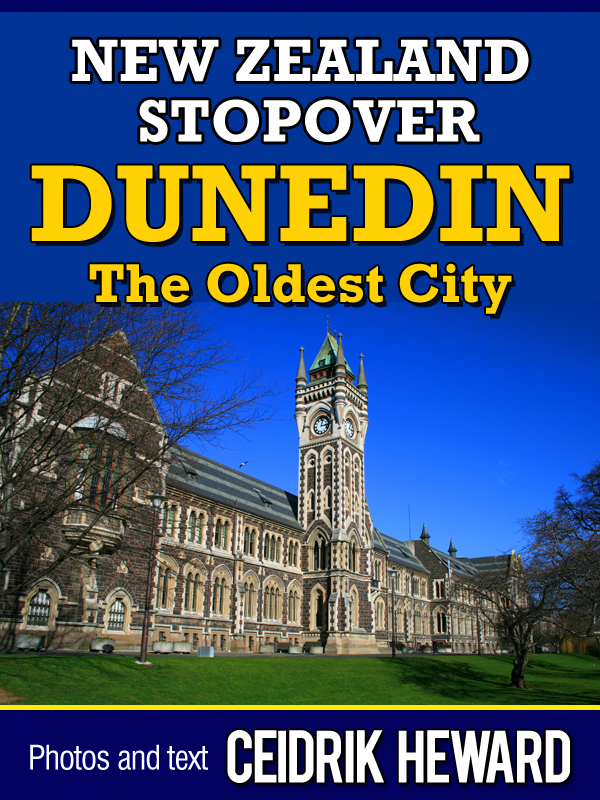

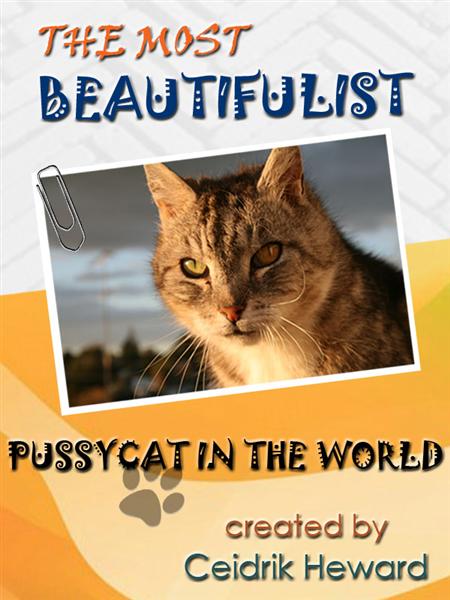
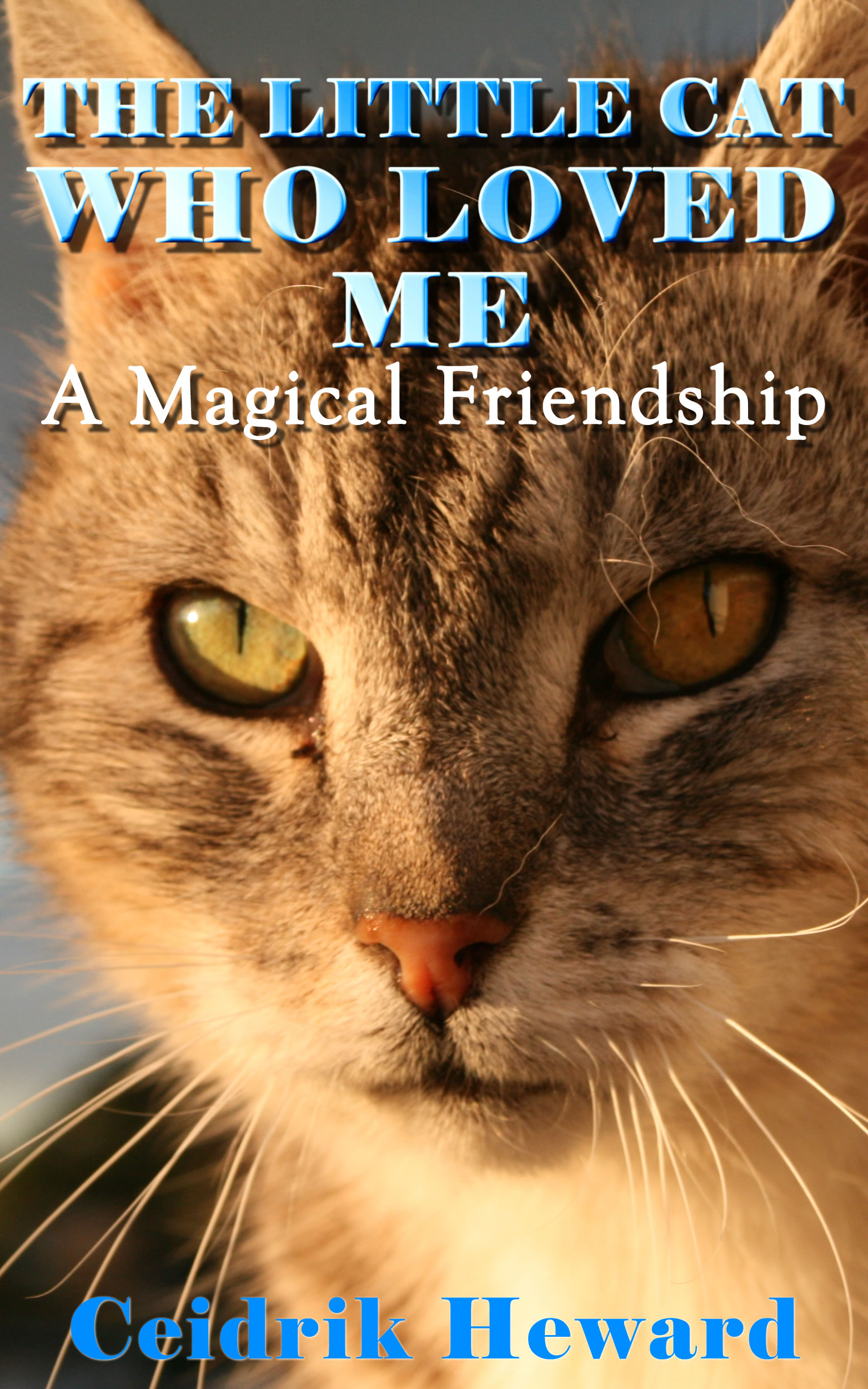

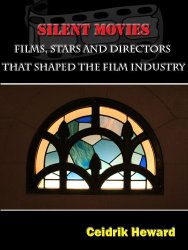





 Visit Today : 203
Visit Today : 203 Total Visit : 1133380
Total Visit : 1133380
Great story, brought back many memories of those days.
Enjoyed reading , memories of when I worked in Dunedin. Long before that our Grandparents lived there. Many a happy day spent with Aunties /Uncles cousins .
Thank You